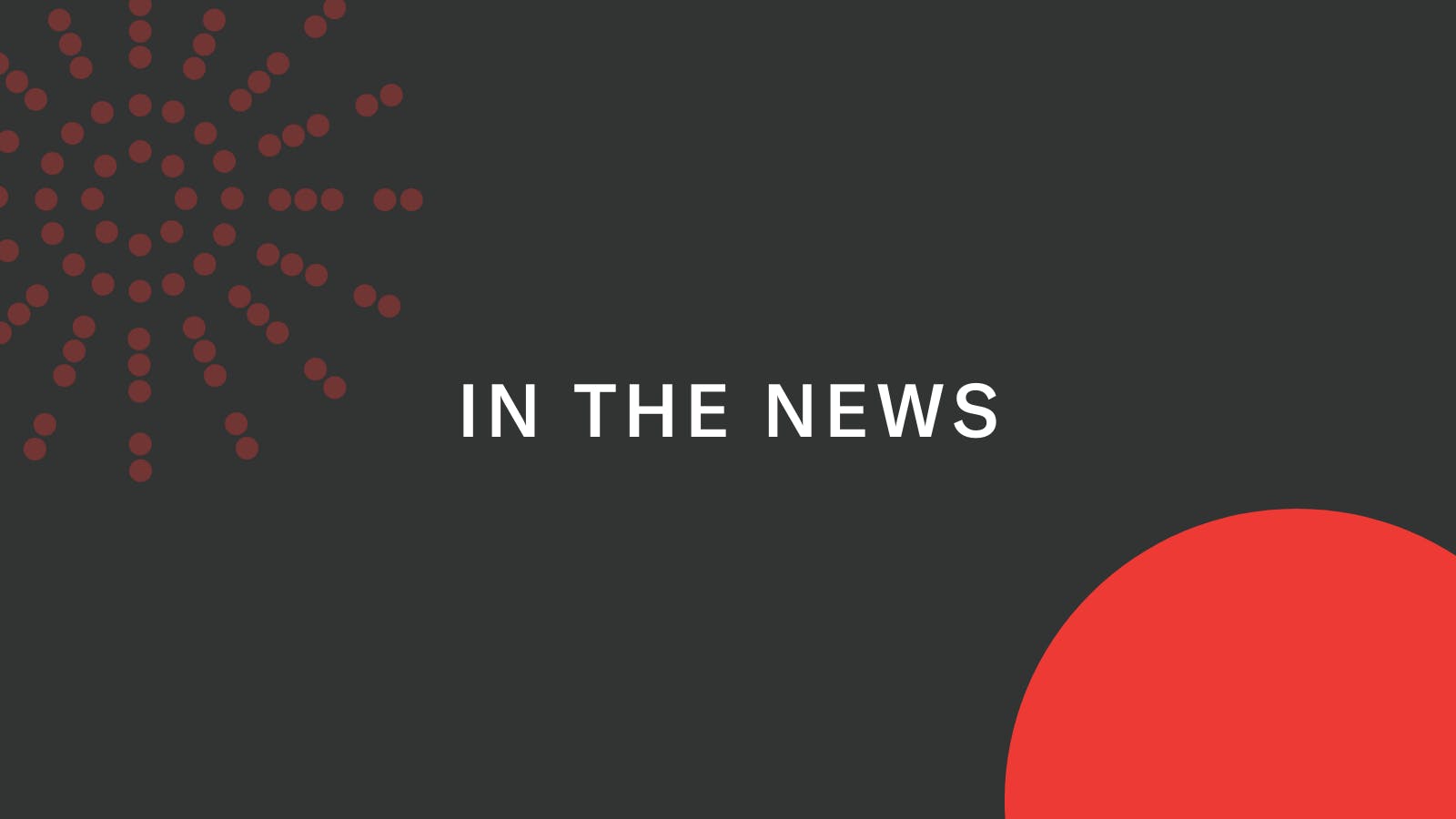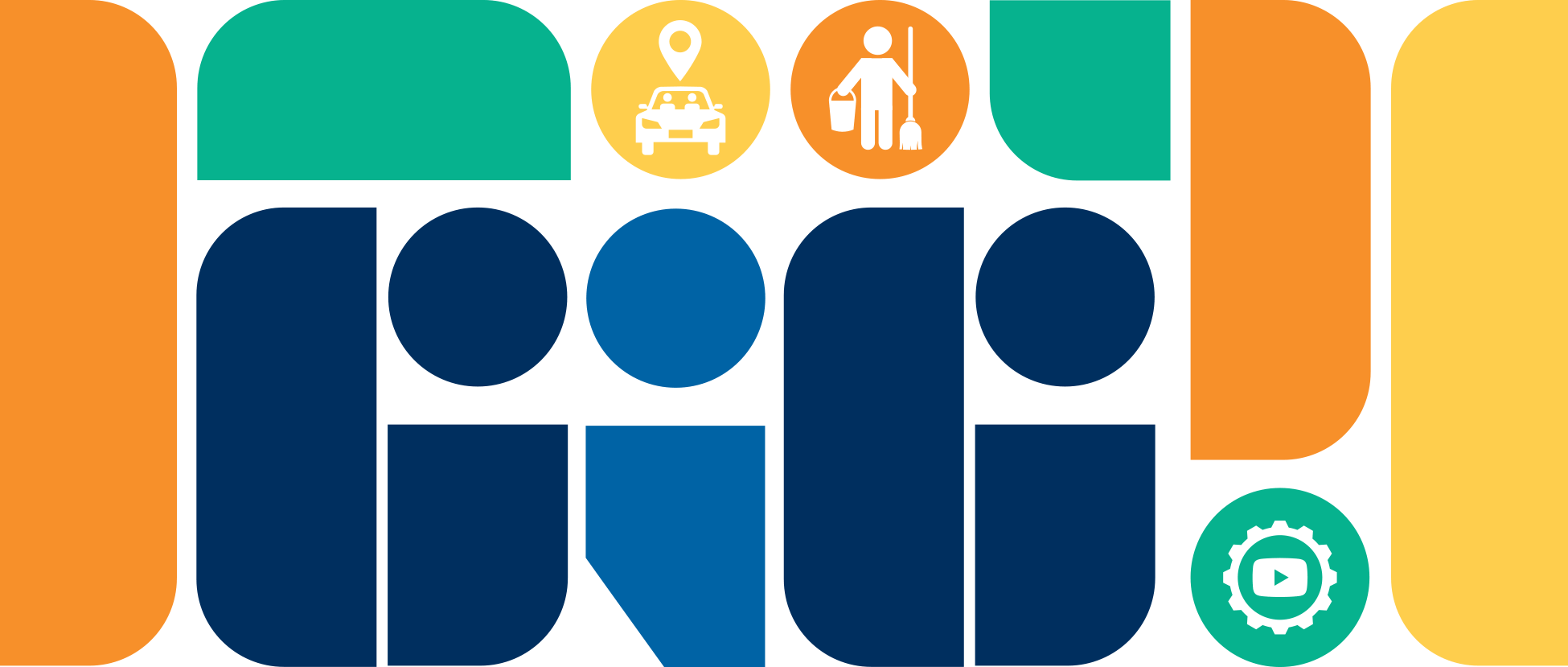In the fall of 2018, the Government of Alberta passed Bill 26
An Act to Combat Poverty and Fight for Albertans with Disabilities. The bill addressed many concerns with income support and was a solid step in the right direction. Some of the changes included an increase to asset limits, modest increases to benefit levels, and most importantly, indexing benefits to inflation so benefit levels would keep pace with the cost of living (regrettably, the UCP Government repealed indexation last year). However, Bill 26 was just the tip of the iceberg. Several longstanding issues remain unaddressed such as the adequacy of benefits, the claw back formula, the burdensome eligibility process, and
measures to report on the performance of the program to name a few.
Before exploring these issues, it is important to understand the purpose of income support as it is defined in the regulations. The program is intended to be used for household and personal needs, food, clothing, transportation, rent, insurance, and utilities. However, it is widely known that this program
has never met its intended purpose. Singles make up the majority of Income Support caseloads, and Figure 1 shows, when comparing benefit levels for a single employable person over a 20-year period, that despite modest increases over time, benefit levels in Alberta have never come close to reaching the poverty line, and thus, have never come close to meeting basic needs. If you prefer to put poverty measures aside, the costs of these items for a single Albertan add up to just under $2,000 a month compared with income support payments of only $745 per month -- covering only 37 percent of essential needs,
see appendix A of this policy proposal by the Social Policy Collaborative for the calculation. Numerous reports over the years have highlighted how the inadequacy of benefits lead to a host of social problems including
homelessness,
food insecurity,
crime, and overall
poor health.
Another issue is how eligibility is determined. When a person applies for income support, they must first meet a long list of eligibility criteria to prove to the government that they are in need. This includes the requirement to disclose all liquid assets, including money in the bank, in Registered Retirement Savings Plans and Tax-Free Savings Accounts. If the person is living with someone, the income of the spouse is also considered. This can create an additional barrier for women who want to apply but need financial autonomy from their partner for various reasons. The process is designed to catch the
one percent of, so called, “cheaters” at the expense of everyone else. This is a belief that is not based on any logic (that I am aware of), but on prejudicial attitudes towards those who are poor that has influenced government policy for decades. On the contrary just the opposite is true, the
Finland basic income experiment in 2018 found that less bureaucracy and more freedom for recipients actually encouraged work, and our own child benefit programs have also proven that you don’t need to place conditions on income support to get good
outcomes.
While in the program, people who are labeled as able to work are expected to “participate, if required, in activities to maintain or re-establish maximum self-reliance and independence.” However, once a person does find a job and their employment income exceeds $230 per month, they are subjected to an earned-income exemption rate of just 25 percent. Under this formula a person’s benefit is reduced to zero before they can even earn enough to meet the poverty line, or their essential expenses depending on how you want to look at it. It is safe to assume that the logic behind the claw-back formula comes from a desire to decrease dependance on the program and save on costs, but it achieves neither. By contrast, the formula prevents more people on income support from working, and an increase to both the threshold and the rate could solve this problem.





